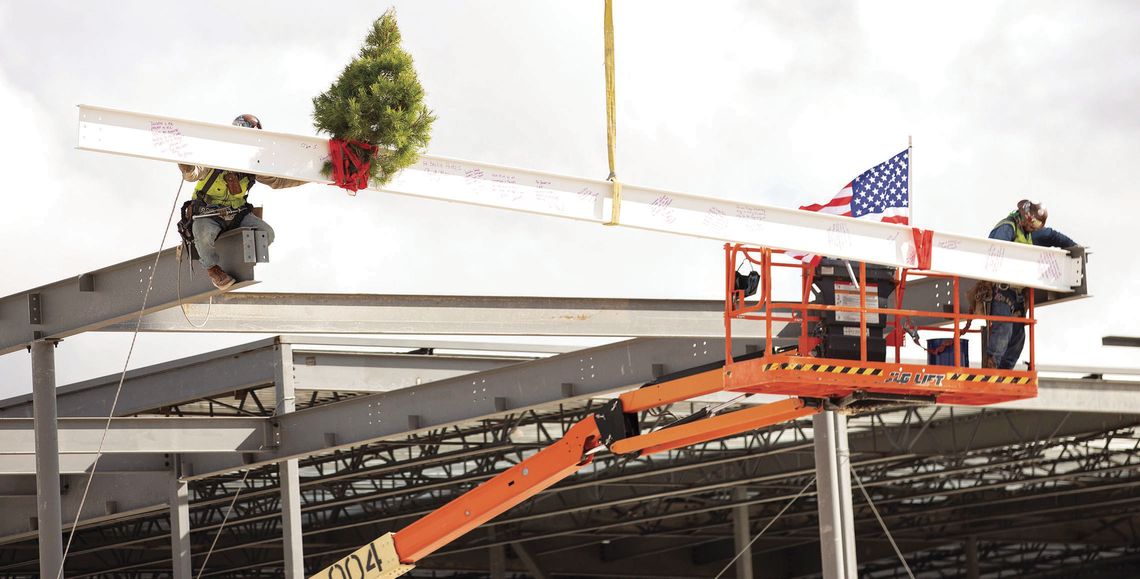Elgin Independent School District’s student population has doubled during the last two decades, according to a recent demographic study.
The district is preparing for even more growth, official said. Elgin ISD recently teamed up with Population and Survey Analysts to compile a complete demographic study overview.
The report comes with over 150 pages of charts, data, maps and graphs to analyze current student locations, potential growth based on new housing, trends occurring in student relocation patterns and socioeconomic factors relevant to the greater district area. PASA projects student data by using forward-looking techniques, and it comes with a handful of implications, according to Elgin ISD Deputy Superintendent Peter Perez.
“I think we have to take some aggressive steps to meet the growth, as we look at the way our projections are for the schools and their capacities, we just want to make sure that we’re staying in front of the curve,” said Perez in an interview with the Courier.
The student population has almost doubled in size since the start of Perez’s tenure in 2005, now hovering around 5,700 young learners.
Growth within the 167-square-mile jurisdiction, extending beyond city limits, has come mostly evenly spread throughout grade levels, with some regions growing faster than others.
The influx of new residents is accredited to the boom in work opportunities coming to the city through the new Samsung Austin Semiconductor and Business Park developments.
A substantial 427 students have already joined the district this year since school started Aug. 16.
“People will be looking for affordable housing, where that affordable housing is may cause people to move to Elgin. Affordability is really the key,” added Perez.
To combat the approaching school capacity limits, two new elementary schools are under construction, with Harvest Ridge Elementary School opening its doors in August of 2024 and Trinity Ranch’s center coming the following year.
As developments come in, the city works with them to ensure they are preparing for this growth, but new areas don’t necessarily decide where future schools will go, according to Perez.
“[Elgin ISD] has land secured. We may have areas all over town for options, which is a good thing, because a lot of times with growth like this it’s hard to secure land,” he added. “It certainly would behoove us if we did have a partnership with any new development coming in, but factors like funds come into play, and just because they may want to do something with us doesn’t mean we will have the capacity to do so at that time.”
Despite the rapid growth, Elgin ISD leaders don’t believe families need to be worried about school availability when deciding where to move to. With new schools, they are confident every child will have easy access to education.
Trying to plan ahead from this demographic report, Elgin ISD has already begun to consider a new middle school and high school, likely to come within the 10-year projection.
A large number of the student population that begin with Elgin elementary schools finish with Elgin High School.
Though new grounds are a priority, existing facilities will not become neglected, according to Perez.
With a goal to keep all schools equitable, a portion of the district’s budget is allocated to priority maintenance projects. This includes behind-thescenes work, infrastructural support, resources and new technology for the established schools.
“It’s an exciting time, Elgin still feels like a hometown. It’s a community. We have this growth and kind of rejuvenation, and what we’re seeing is a lot of families excited to be here,” said Perez. “The big thing for me is patience as we go through this process. Have a little bit of patience and understanding as we experience unprecedented growth, trying to make sure we work through the process and hopefully provide the best education we can for our students.”
.png)





